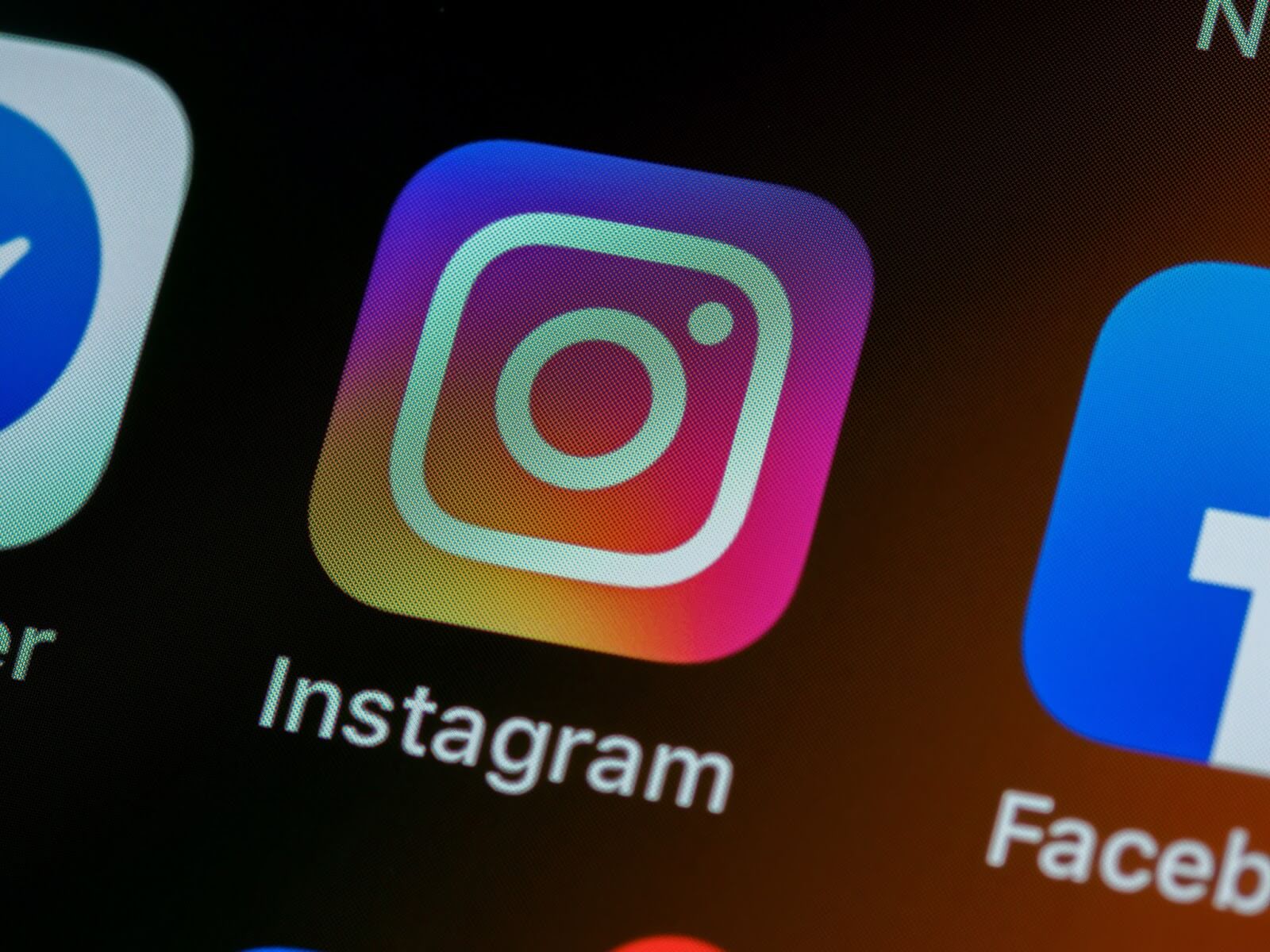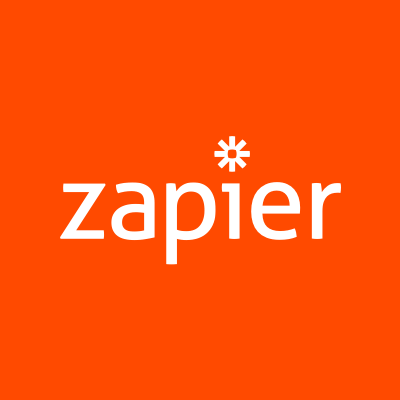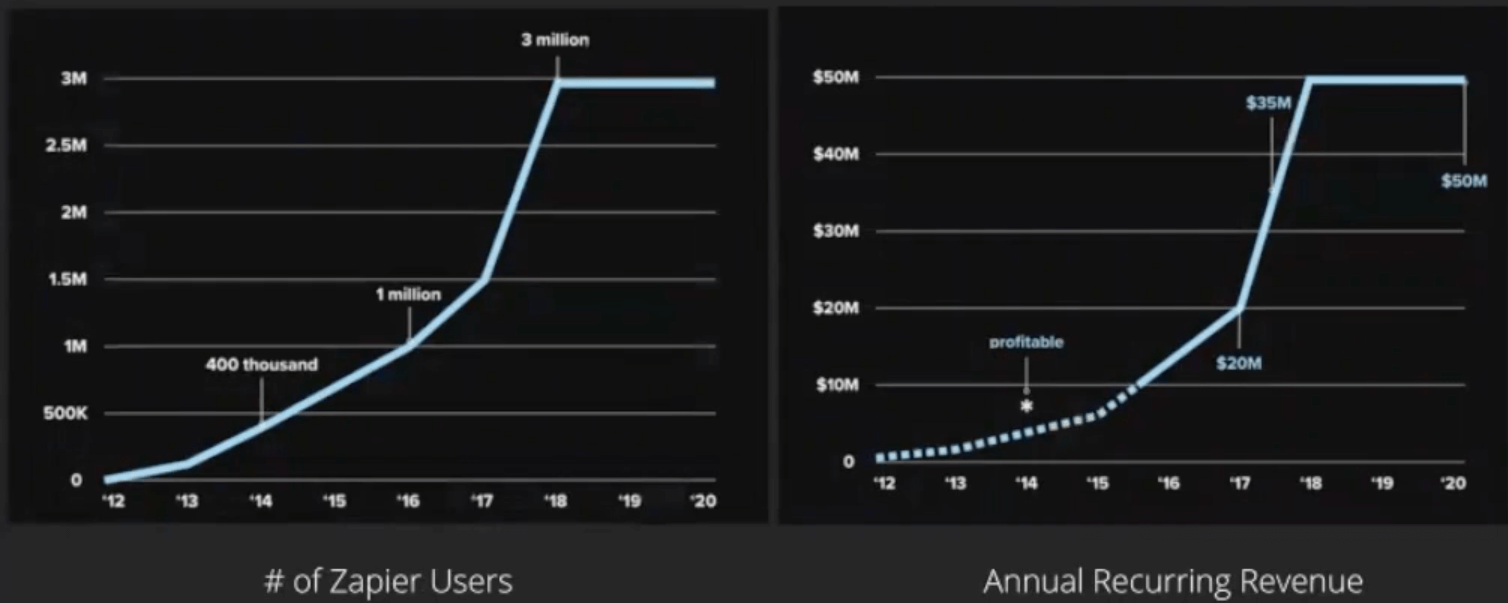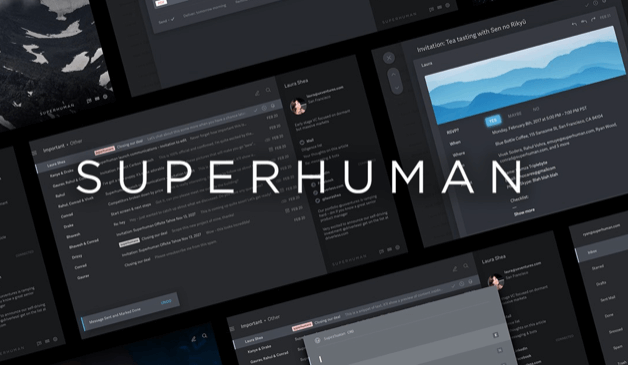My name is Roshni Uppala, Senior Product Manager at Amazon, formerly Product Lead at Uber and Aurora. In this article, I’ll be sharing my thoughts on how to instill a customer-first approach into everything you do.
I want you to come away from this article knowing how to incentivize customers in three key ways.
- Design for the end-users with virality built-in within your product.
- Build growth within your product.
- Create a culture for customer centric-development.
This last point is really key. It’s essential that empathy is really at the center of our approach. A term that we most frequently use at Amazon is most lovable product experience and not most minimum viable experience.
I’m going to illustrate these points through three major platforms that really got it right! But first, let's make it personal. Let’s think about how you use and interact with apps in your day-to-day life.
I'll be covering:
- How many apps do you use?
- How do you ensure that your product is within the highest bar?
- Three companies that got it right
- Key takeaways
How many apps do you use?
Let me start by asking you one simple question. How many apps do you have installed on your smartphone? Now, think about how many apps do smartphone customers typically have.
Customers have an average of 70 apps on their smartphones today based on recent research. Now, given that there are so many, how do you make sure that your product stands out from the rest?

How do you ensure that your product is within the highest bar?
This doesn't just apply to apps or mobile software.
This applies to every product you build. How do you ensure you engage with the customer, using them and make sure it's one of the most loved products? Steve Jobs once said, “Get closer than ever to your customers, so close that you tell them what they need.”
It is easier said than done, right? But I'm going to walk you through three companies that have embraced this philosophy and used it to lead their products to immense growth.
Three companies that got it right
Slack

Slack is a messaging platform most commonly used within businesses. Slack was founded in 2009, and it has about 12 million daily active users today, with about 156,000 business organizations using its platform.
So, how did slack achieve this growth in such a short amount of time? Slack did three things while keeping customers' needs in mind.
Adoption
They made it insanely easy to start with the freemium model. Anyone can get started with an account on Slack. You certainly don’t need an instruction manual – it’s super intuitive!
Organic growth
So, you're a startup and you want to quickly grow your team. But then you start to move away from just simple functionality and start to really hone in on this collaborative experience using channels. You can automate some of those experiences within your messaging platform using Slack.
Customers start to realize the depth of the platform benefits available on Slack, as more and more users within the organization, productivity and collaboration becomes simpler and easier. This leads to retention and engagement.
Zapier

It allows customers to automate tasks and activities between software apps. For example, a customer receives a new email to that email account. They can create a zap to automatically copy those attachments to their Dropbox and notify them via slack. Zapier provides 1000s of integrations that allow customers to automate their everyday tasks between software apps.
Zapier’s growth

Within nine years, Zapier has had an exponential growth to 3 million users, with about 50 million in revenue. What can we learn about from Zapier’s growth?
Customer involvement
If you look closely at their mechanisms, they cultivated a culture to ensure customers are at the center of the product. They did that in a few different ways. First, every staff member in the organization is involved in customer support.
This builds customer empathy within the company to help bring intuitive frictionless experiences to end-users.
One-to-one relationships
Second, they built one-to-one relationships with customers. This not only established trust with their customers, but employees were able to get a front-row seat into the customer pain points. Lastly, they made customers heroes of their marketing with real user stories.

Superhuman

Superhuman has quickly become one of the top five apps that I use daily. Superhuman is a really simple way to manage your email inbox.
It was founded only three to four years back. It has a unique access method. You can sign up for an account upon which you will pay for a personalized consultation with their staff member.
If superhuman fits your needs, you can then subscribe with a $30 per month subscription. Since then, Superhuman has managed to grow immensely, with 500,000 people on the waitlist, and about 400 million conversations, with users sending an average of 3.4 invites.
At the very early stages of the company, Superhuman’s formula became customer-centric by asking one simple question.
Anchor on a customer metric
How would you feel if you no longer used superhuman? It had options ranging from ‘very disappointed’ to ‘not at all disappointed’, and at the beginning answers were kind of in between. Based on those inputs and defined profiles of high expectation customers, it isn't always necessary to serve all and everyone at the same time when you're taking off as a startup.
Define the profile of high expectation customer
Superhumans were able to determine their product market fit with that 20% of customers who had the highest expectations of the product, those who would be very disappointed without Superhuman.
Expand the depth of appeal
Lastly, they provided deeper levels of enjoyment within the product for customers because they were able to focus on those specific customers who really valued the product. When customers love your product, they become ambassadors. There's nothing better than someone using your app every day and trying to get their friends and family to do the same.
Key takeaways
A customer-first approach is absolutely essential in growing a platform. The customers that are going to keep coming back to your product are those that you put center stage! Make your customers superheroes for your brand! This is a tried and true way to see real growth and expansion.
Thank you.



 Follow us on LinkedIn
Follow us on LinkedIn



